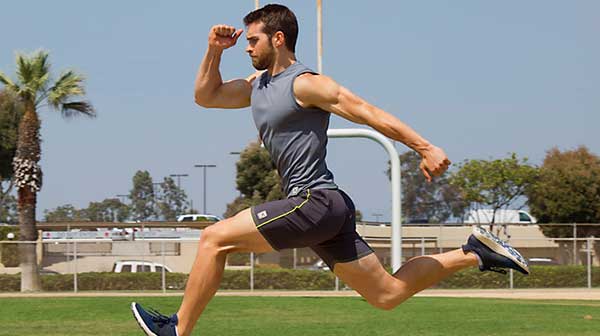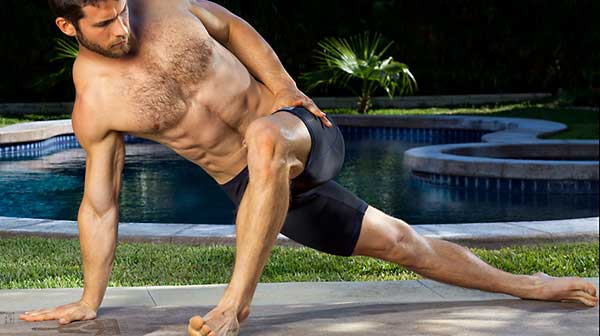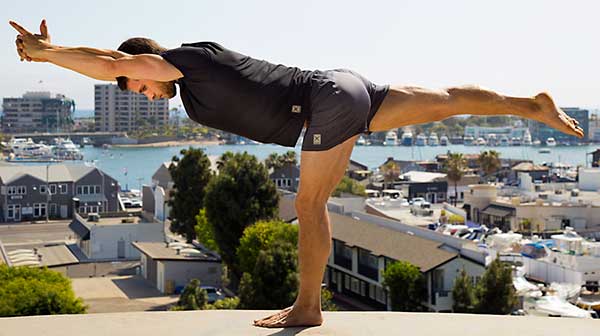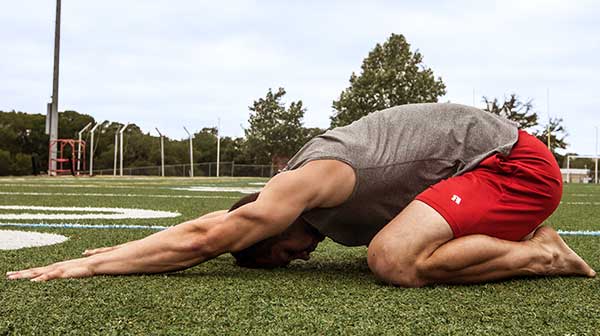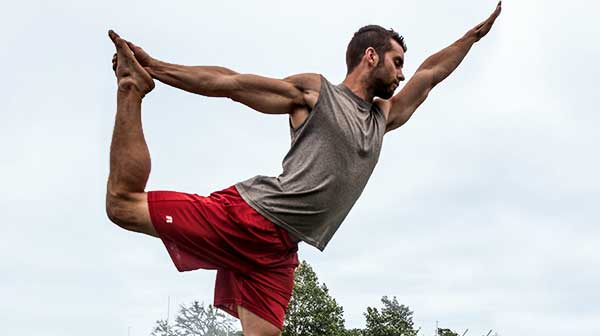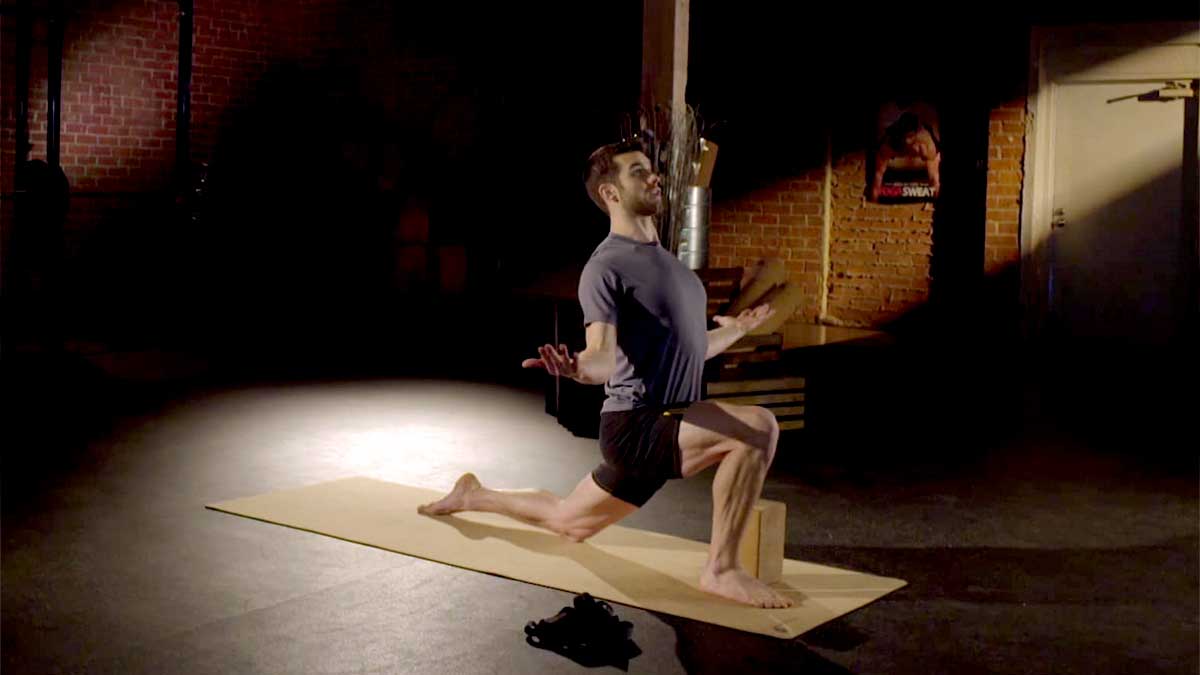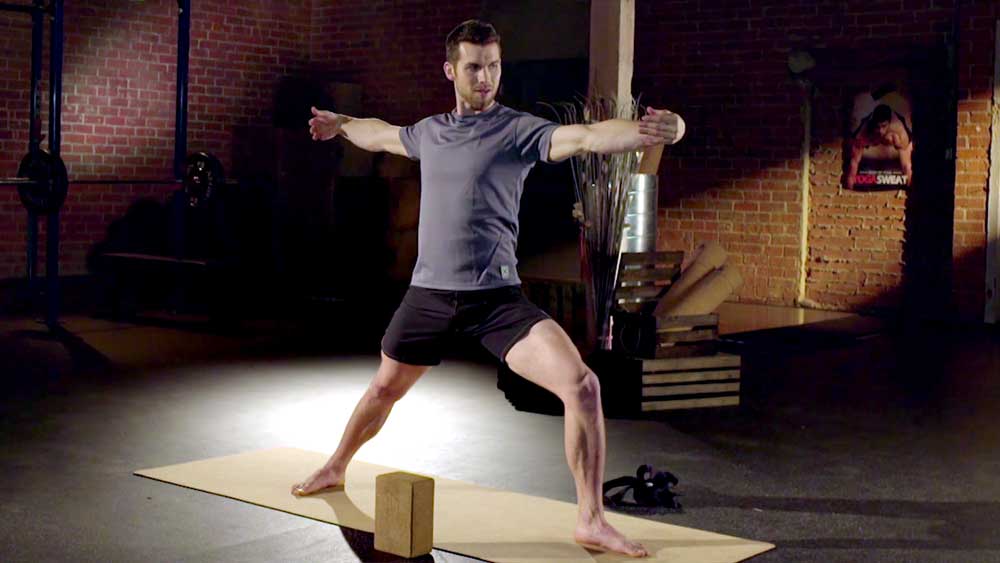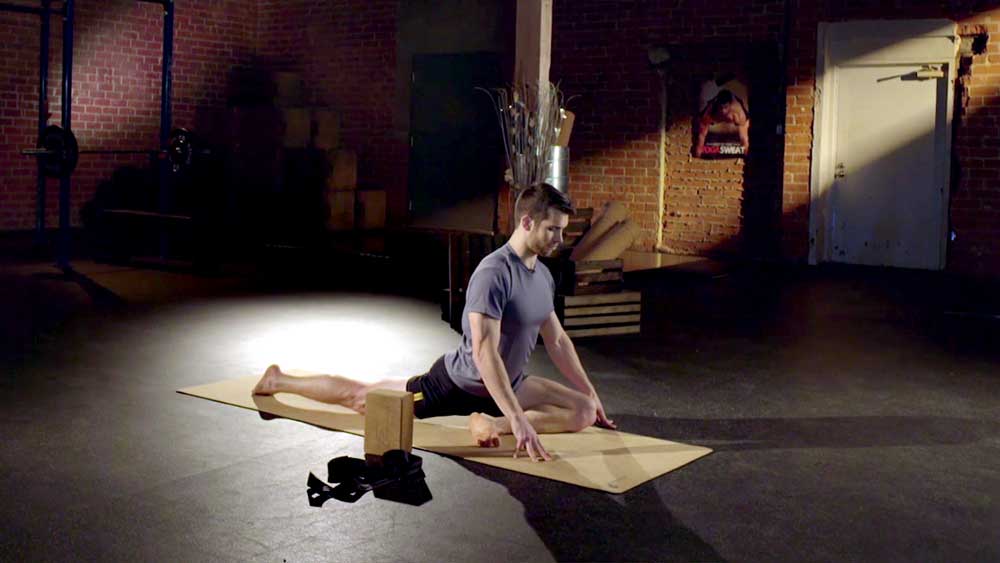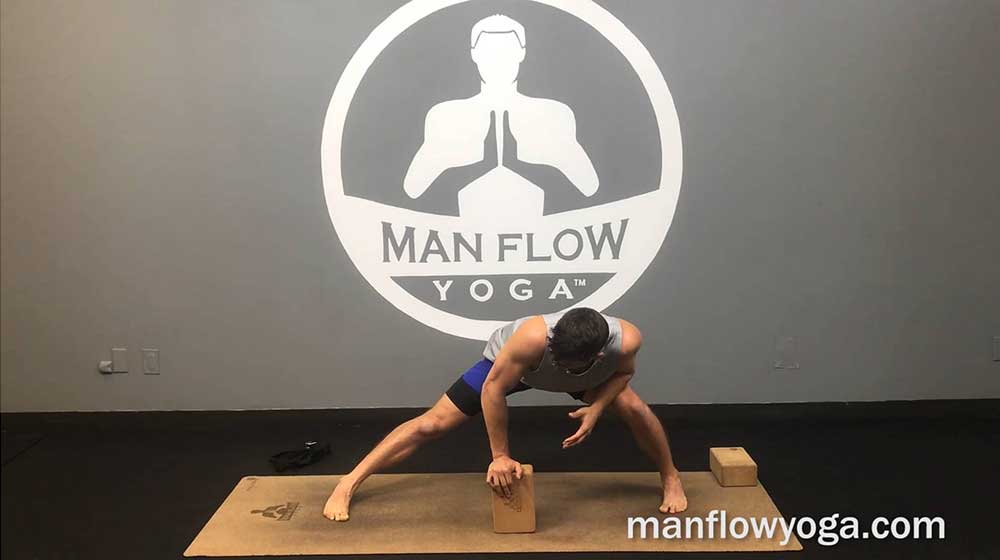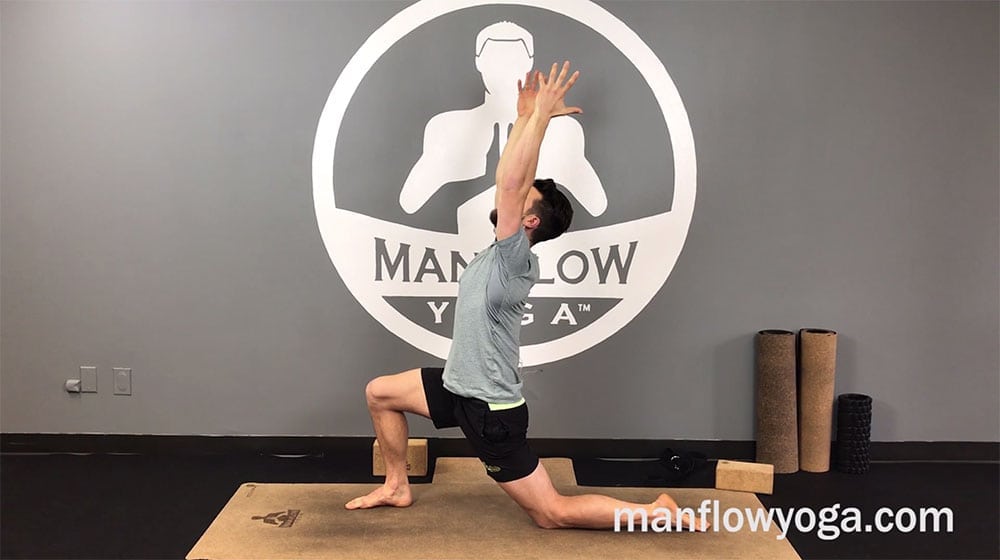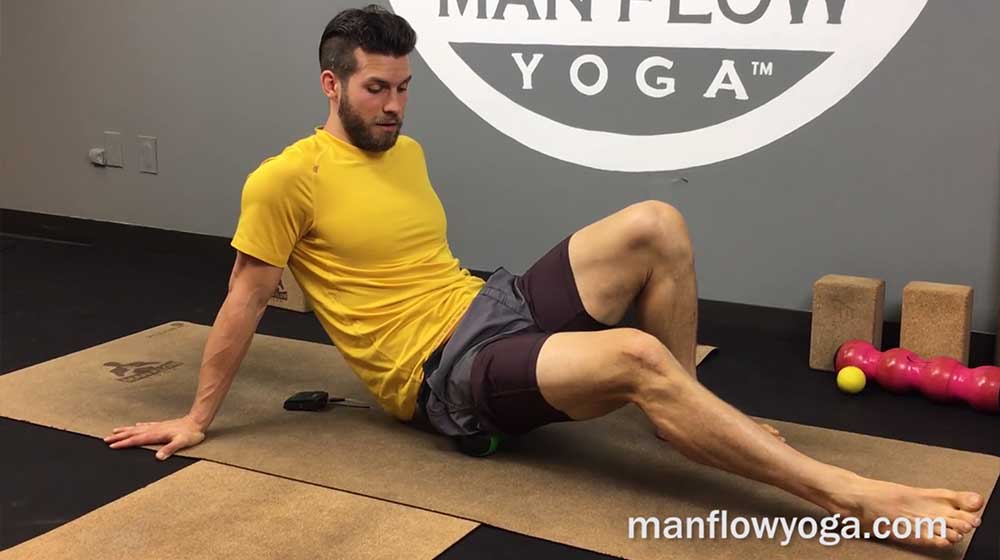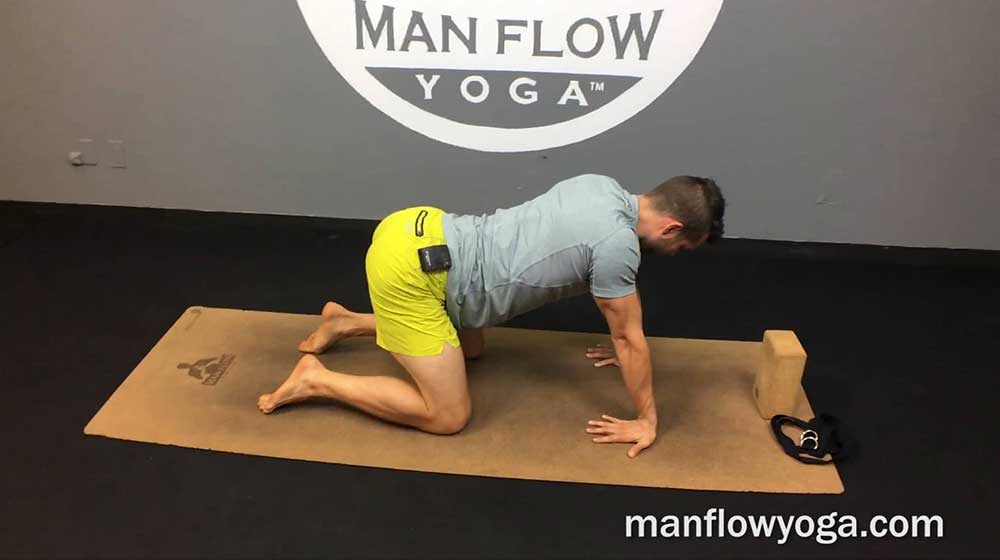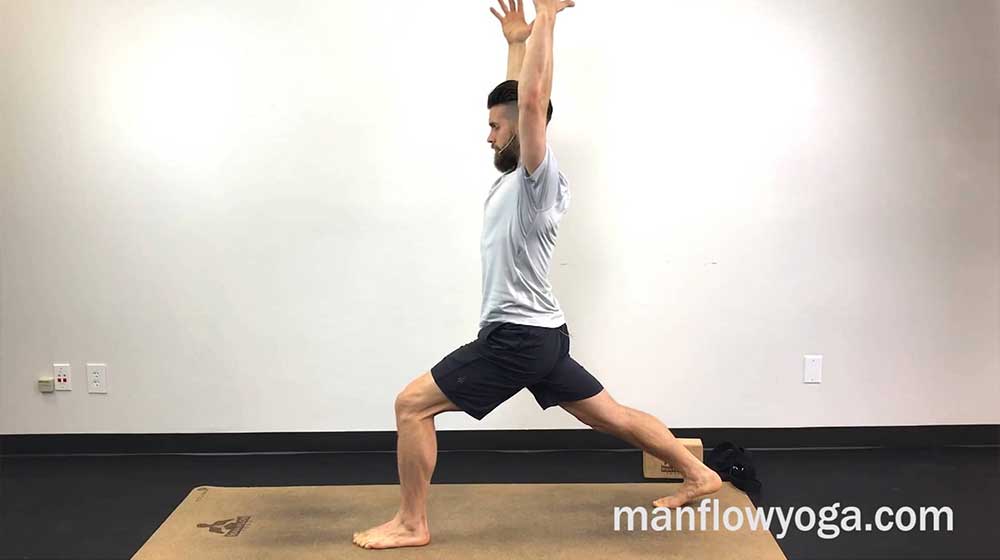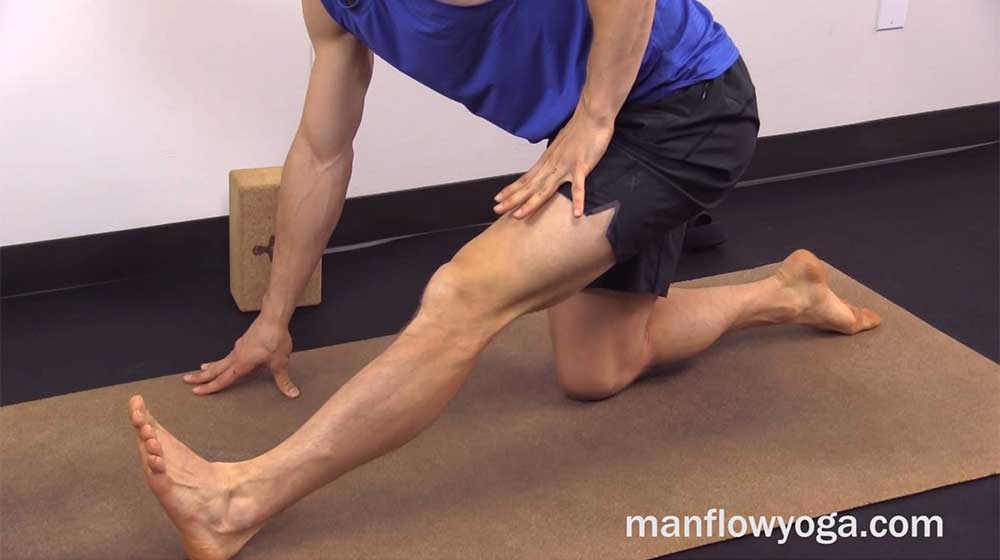
YOGA EDGE
Supplementary Yoga Workouts for Athletes
If you belong to any of the following groups,
Yoga Edge is for YOU
- Runners, Cyclists, Swimmers, Triathletes, and Endurance Athletes
- Football, Basketball, Lacrosse, Baseball, Tennis, and Other Competitive Sports
- Golfers, Skiers, Surfers, Snowboarders, Hiking, and Outdoor Enthusiasts
- Weightlifters, Cross-Fitters, and Regular Fitness Enthusiasts/Gym Users
This program is specifically designed as the missing puzzle piece to help athletes to take their game to the next level. It’s everything athletes of all types need from yoga, and nothing they don’t.
Run faster. Make sharper cuts. Go harder. Play longer. Perform better. Be stronger.
It’s time to reexamine the assumption that yoga is “just stretching”. Join the ranks of collegiate and professional athletes already doing yoga to get stronger in new ways, become better athletes, and gain an edge on the competition.
What if I told you that yoga could help you get better at EVERYTHING you do as an athlete? You can increase your strength, potential power, speed, and even endurance by doing the right type of yoga just a couple of times per week.
Now ask yourself – Are you doing all of this in your current program?
Are you working on your flexibility? Your balance? Maximizing recovery? Slowing it down to improve performance?
Why can’t I just do any type of yoga?
Yoga wasn’t made specifically for athletes. It became popular in the West as a part-spiritual, part-physical practice that was practiced overwhelmingly by non-athletes. Not to mention, there are now so many types of yoga that the phrase “I’ve done yoga before” isn’t too much different from “I’ve worked out before”. If your goal is to improve your performance as an athlete using yoga, you need yoga FOR athletes.
Here’s why typical yoga doesn’t work well for athletes:
Lack of technique awareness
Improvements in technique happen when you take the time to slow down, make adjustments, and improve. When you spend just a few seconds in each pose, as is typical in most yoga studios, this is impossible.
This is also made more difficult because most yoga classes are part-spiritual, and part physical. This means that time that could be spent on giving proper technique instruction is devoted to spiritual talk instead.
Lack of muscular awareness
Most yoga tends to focus almost exclusively on the breath, which is great for stress relief and improving breathing, but this leaves little room for discussion on where the participant should be “feeling” each posture, or what muscles he or she should be using. Athletes need that crucial instruction so they can get stronger, but also to do the poses correctly and avoid injury.
Too fast
Yoga “flows” are typically faster-moving workouts designed to slightly elevate your heart rate and work up a sweat. Athletes already do this with their other workouts, so this isn’t really useful to them. More useful for athletes are slower-moving sequences that challenge them to hold the posture for longer. This builds joint stability, helps work deeper into their mobility, and increases isometric strength – all things that athletes tend to not practice but need in order to to be as strong as possible.
In other words, athletes don’t need yoga – they need yoga for athletes
That’s not to say yoga is bad for athletes. (After all, yoga became popular amongst athletes because they realized much of what was taught in yoga could help them get stronger and become better athletes.) It just means that a typical yoga session doesn’t satisfy athletes’ needs as well as a yoga workout specifically designed for athletes.
This is where we make the difference. Yoga Edge helps athletes by selecting the most effective postures specifically for athletes.You get a more relevant workout in less time. This makes it QUICK, FUN, and EASY to address the full spectrum of your fitness routine. Get all of the amazing benefits that yoga has to offer, taught specifically in a way that makes sense to athletes – especially if you’re new to yoga or want to learn about how yoga helps your athletic performance.
Now let’s talk about some of the biggest ways that Yoga Edge helps you get stronger as an athlete.
#1 The Strength of Injury-Prevention
Every athlete’s biggest opponent is injury. If you’ve been injured, you know how much it sucks. Watching other people train while you sit out is NOT fun. Not to mention, being injured means you can’t train, can’t practice, and definitely can’t complete. For this reason alone, injury-prevention should be a priority for athletes.
But did you know that injury-prevention is actually another form of STRENGTH?
Most athletes think of of injury-prevention as insurance. Yeah, it’d be good to have it, but you don’t really need it. This is totally wrong! The reason why it’s called injury-prevention is because it’s strengthening your muscles in ways that prevent common injuries, such as ACL tears, muscle pulls, ligament strains, and lower-back pain.
You’d be hardpressed to find a form of fitness that combines so many aspects of injury-prevention into a single workout as yoga. Underrated aspects of strength overlooked by traditional workouts mentioned above – mobility, balance, flexibility, body control, and recovery – are all covered under the Yoga Edge umbrella.
#2 Mobility: The Strength Booster
Did you know that mobility helps you improve quickness, speed, strength, and power?
As athletes, we don’t often rank mobility very high in importance. We’d much rather focus on weight training, agility drills, or skill development. But increased mobility actually enables us to get better at all of those things, both directly and indirectly:
Want more power, deeper squats, a longer stride, and sharper cuts? Increase your range of motion.
Want to decrease your risk of injury? Improve your flexibility to make your muscles longer and more supple, more able to lengthen to unexpected situations, and prevent common soft-tissue injuries such as knee ligament tears and strains, ankle sprains, hamstring pulls, and rotator cuff tears.
Want to get back to 100% in less time? Work on mobility. Grow muscle more quickly, and get stronger in less time. Get back to the field, trail, or the court feeling fresh and ready to go!
#3 Balance: A Skill AND A Strength
Did you know that in addition to having good balance, balance training is actually an incredibly effective form of exercise?
Balance as a skill is so important because it helps you respond to unexpected situations and not get injured – whether you’re on the field, the court, or on a rocky trail. But even more than improving your balance, just DOING balance work also:
- Improve overall strength and coordination, and move with greater efficiency through increased muscle activation
- Improve knee stability, strengthen commonly-injured hip muscles, and address the root causes of back pain by correcting muscle imbalances
- Increase your control over your body by improving mental focus and awareness, allowing you to notice and make necessary changes in your movements.
Balance may or may not come natural to you, but just like every aspect of your fitness, it can be improved with time and effort – and you’ll get plenty of chances to do that while following along to Yoga Edge!
#4 Get Stronger More Quickly Through Improved Recovery
What if I told you that professional athletes are spending just as much time on restorative work as they are on their other workouts – would you be able to say the same for yourself?
Restorative work is JUST as important as your main workouts. Restorative work not only helps you feel fresh and ready for your next workout, but it also helps you:
- Recover more quickly – Release muscle tension and get back to the field with less soreness, more fluid movements, and more energy.
- Grow muscle more quickly – Your muscles regenerate more quickly when you do restorative stretches, which allow the muscle to relax and to release, and speed up the recovery process.
- Prevent soreness and overtraining – Reduce symptoms and address the direct causes that lead to injury. It’s like the routine maintenance that keeps your car functioning – except your body’s WAY more important than that hunk of metal, since it’s the only one you’ve got!
- Sleep better – You’re only getting stronger during recovery, and doing restorative work on a regular basis, focusing on your breathing, and allowing tense muscles to disengage means that your body can relax and you can get the sleep you need to get stronger, improve your energy levels, increase your focus, and be better at everything you do.
#5 Breathing – The Overlooked Necessity
Improving your breathing means improving your fitness, and if you take the time to focus on your breathing, your body and your fitness will reward you.
- Go harder for longer. Breathing is the key to this. If you can control your breath, you can control your body – but you have to practice your breathing in order for that to happen!
- Improve your focus. Practicing your breathing allows you to improve your breathing awareness, so that when you’re huffing and puffing, out of breath, you’ll be able to slow down your breathing, bring your body back under control, and get refocused so you can continue to play at your best.
- Build more endurance. Ask any distance athlete – breathing is the key to endurance. Think about going for a run or swimming. Your body doesn’t hold you back – your breath does! Improve your breathing and you’ll get more endurance.
Now that you understand these less-commonly discussed aspects of strength, let’s talk about how Yoga Edge targets these in the workouts!
The Workouts: The Yoga Edge program consists of two main workouts, Excel and Restore, as well as 3 supplementary workouts to focus on the movements of your specific sport.
Excel – PERFORMANCE
- Use as a form of active recovery.
- Use as a warm-up for a low-medium intensity workout.
- Use as a morning or evening workout to complement your main workout of the day. (Yoga Excel in the morning, weights or cardio in the evening).
Restore – RECOVERY
- Use immediately after other workouts to feel way better the next day.
- Use the day after a game or workout to reduce stiffness, soreness, aches and pains.
- Use on recovery day to speed up your recovery.
Supplementary Workouts
These are abbreviated versions of Excel & Restore that combine the most effective postures for your specific sport into a more concise workout. Save time if you don’t have time for the full Yoga Edge workouts.
Each workout is less than 30 minutes, so you can easily add these into your existing workout routine wherever you can find time.
“What can I expect from the workouts?”
We want you to understand how your body works and how you can improve. That’s why Yoga Edge is both a workout and an educational experience! While you follow along to the postures and exercise, you can expect the following in every workout from Yoga Edge:
- In-depth, step-by-step instruction of each posture and exercise
- The exact physical benefits and reasons for each posture
- What those benefits mean for your as an athlete
And yes – we know for a fact that this makes the whole workout experience more enjoyable!
Bonus Yoga Workouts for Athletes!
Only Available With The Streaming Bundle!
We’ve included NINE workouts from the Man Flow Yoga Workout Library we feel are particularly relevant to athletes, so you can get stronger with more postures and more variety from your workouts. It’s also our way of saying thank you for being part of the early release on ManFlowYoga.com!
Before we introduce your options, I want to let you know about an optional bonus series of workouts we’re including in this special Yoga Edge release through ManFlowYoga.com
Want to increase your mobility faster?
Yoga is part of it, but it can only go so far. Let’s think of your muscles likes ropes. When there’s a knot in the rope, it gets shorter. Pulling on the rope doesn’t do anything to release the knot – it just stretches the un-knotted areas more. In order to make the rope as long as possible and avoid overstretching the un-knotted sections of the rope, you have to untie the knot directly.
Your muscles are similar. Stretching and working deeper into postures is a necessary part of mobility, but in order to effectively release muscle knots you need to address the muscle knots directly. A massage therapist is one way to do it, but that gets expensive very quickly (in terms of both time and money). Luckily, there are certain techniques you can learn to easily and effectively get rid of muscle knots – and quickly, too!
The answer to muscle knots if self-myofascial release. It releases muscle knots by applying direct pressure on the knot, using mobility tools like lacrosse balls and foam rollers. It’s incredibly important for mobility by making muscles longer, releasing potentially painful or restrictive muscle knots, releasing strain on your joints, and even improving your sleep.
Self-myofascial release is another tool to take your mobility to the next level. Combine this with the workouts from Yoga Edge, and your mobility will increase more than you ever thought possible – and in a surprisingly short time, if you stay dedicated and consistent!
Hamstrings & Adductors
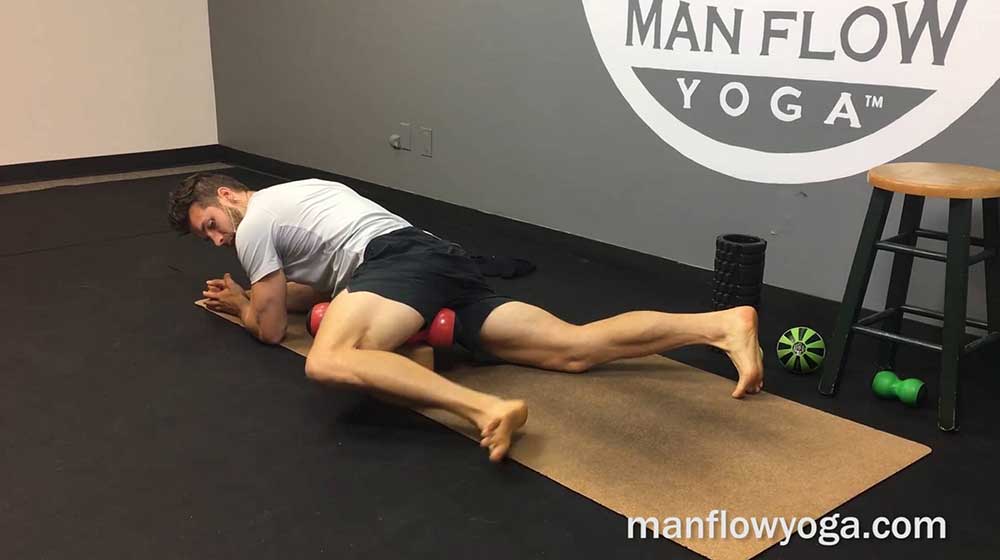
Glutes & Outer Hips
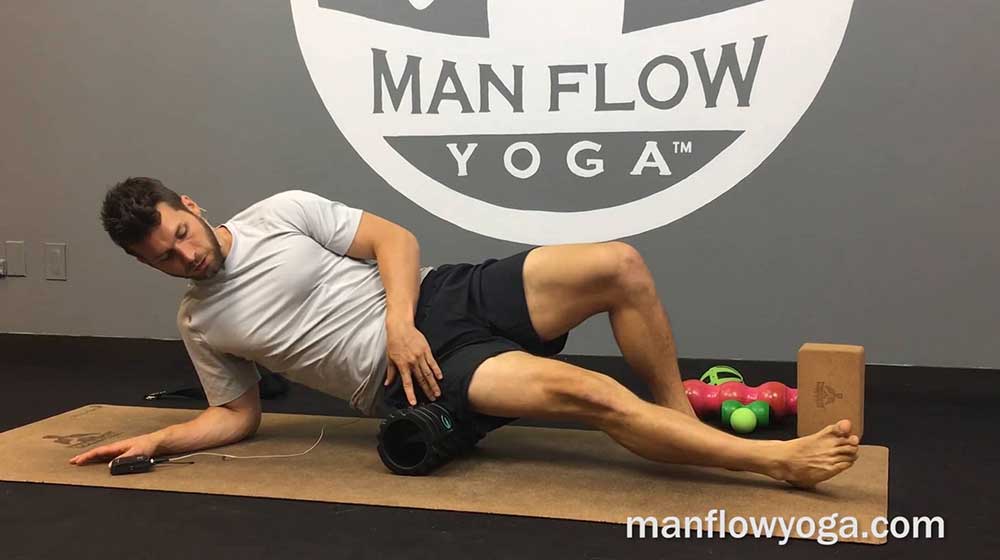
Quadriceps
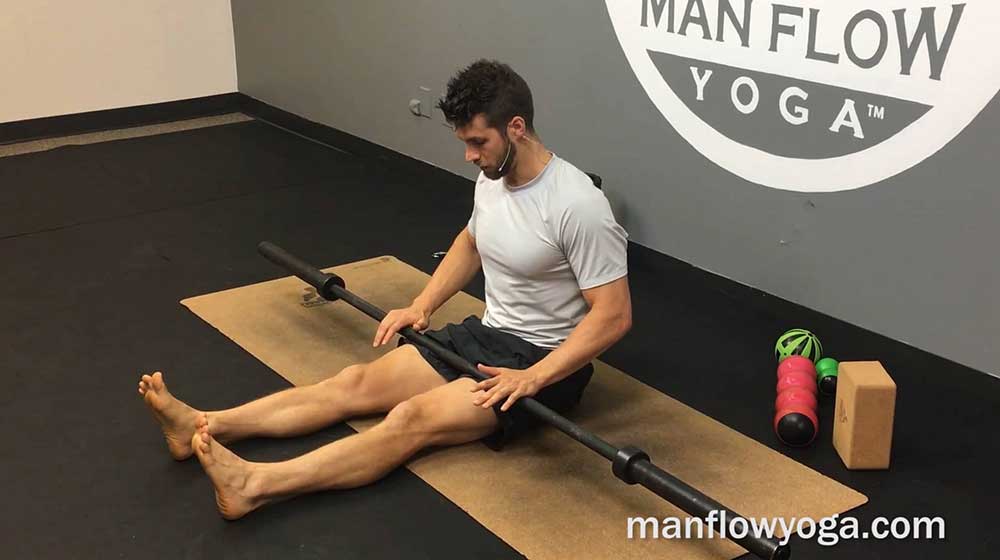
Shoulders, Neck, Upper-back
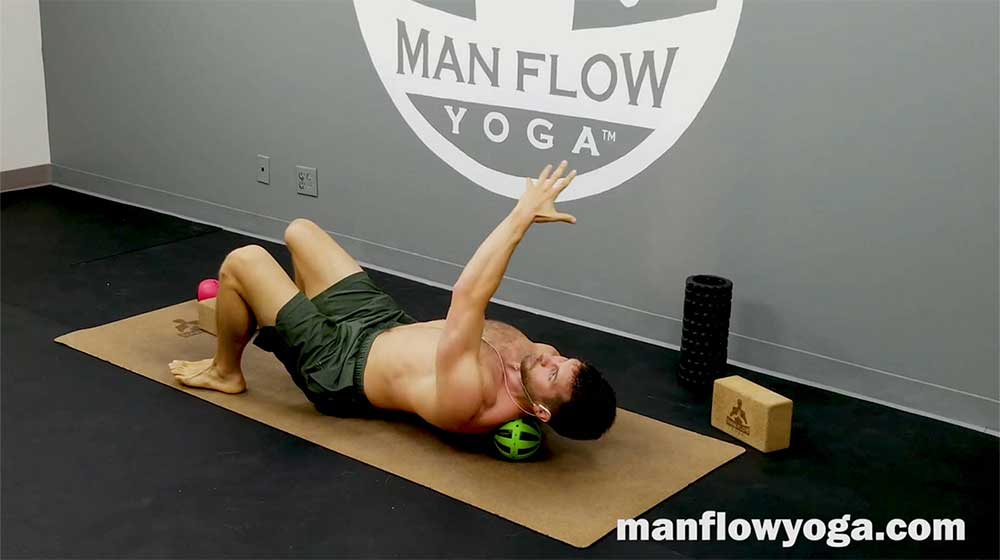
Chest & Arms
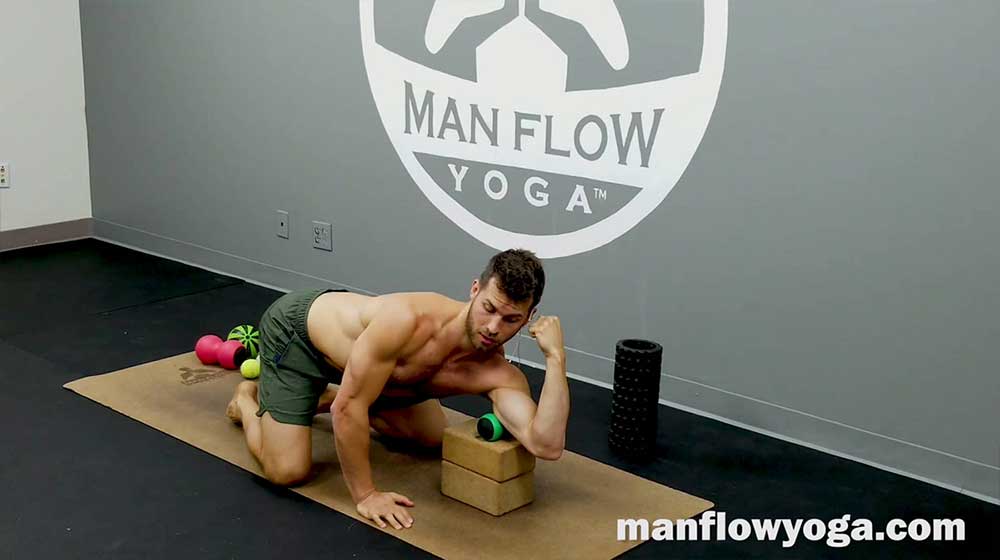
Calves, Ankles, & Feet


